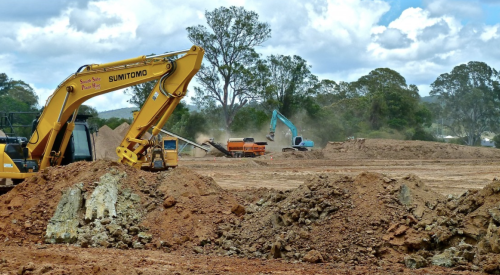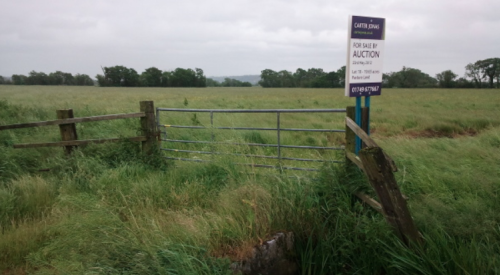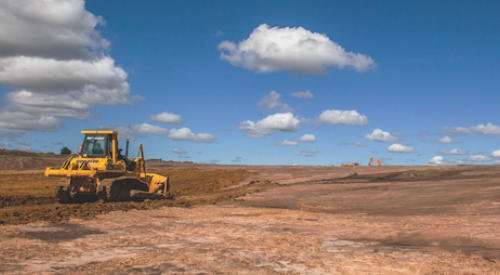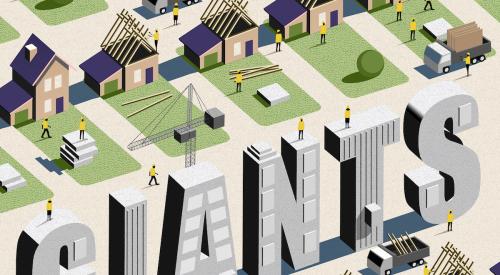 Giant 400 builders’ land sales revenues peaked in 2005. Sometime in 2006, still-rising revenues from undeveloped land sales crossed the plummeting revenue line for developed land and lots. |
Sometime in 2006, however, land changed from a prized possession to an unwanted commodity.
Many of the largest builders began to take land development and retail lot sales seriously about 2003, when housing demand picked up steam in many markets, especially with investors on the prowl for properties to flip for a fast buck.
Developing land has always been the most profitable side of the housing business, but also the riskiest. Taking raw land through entitlements can double or even triple its value. Adding that value and then selling lots at retail to other builders can be a lucrative proposition.
Big production builders began to buy more raw land than they needed for home building, with the intent to entitle and develop it fast and sell off serviced parcels to smaller builders. By segmenting a community with housing products at numerous price points, they increased the rate of inventory turn on the land, making it even more lucrative.

In 2003 and 2004, builders were more likely to hold onto land until it was entitled and developed to maximize margin by selling retail lots at a high price. By 2006, they were willing to sell it before development just to get it off their books. |
“It became easy to buy land with favorable terms in the middle of last year,” says Colorado-based management consultant and PB columnist Chuck Shinn. “But sellers held their prices into the spring this year, hoping markets would come back. Now price is dropping, right along with terms, in most markets.”












